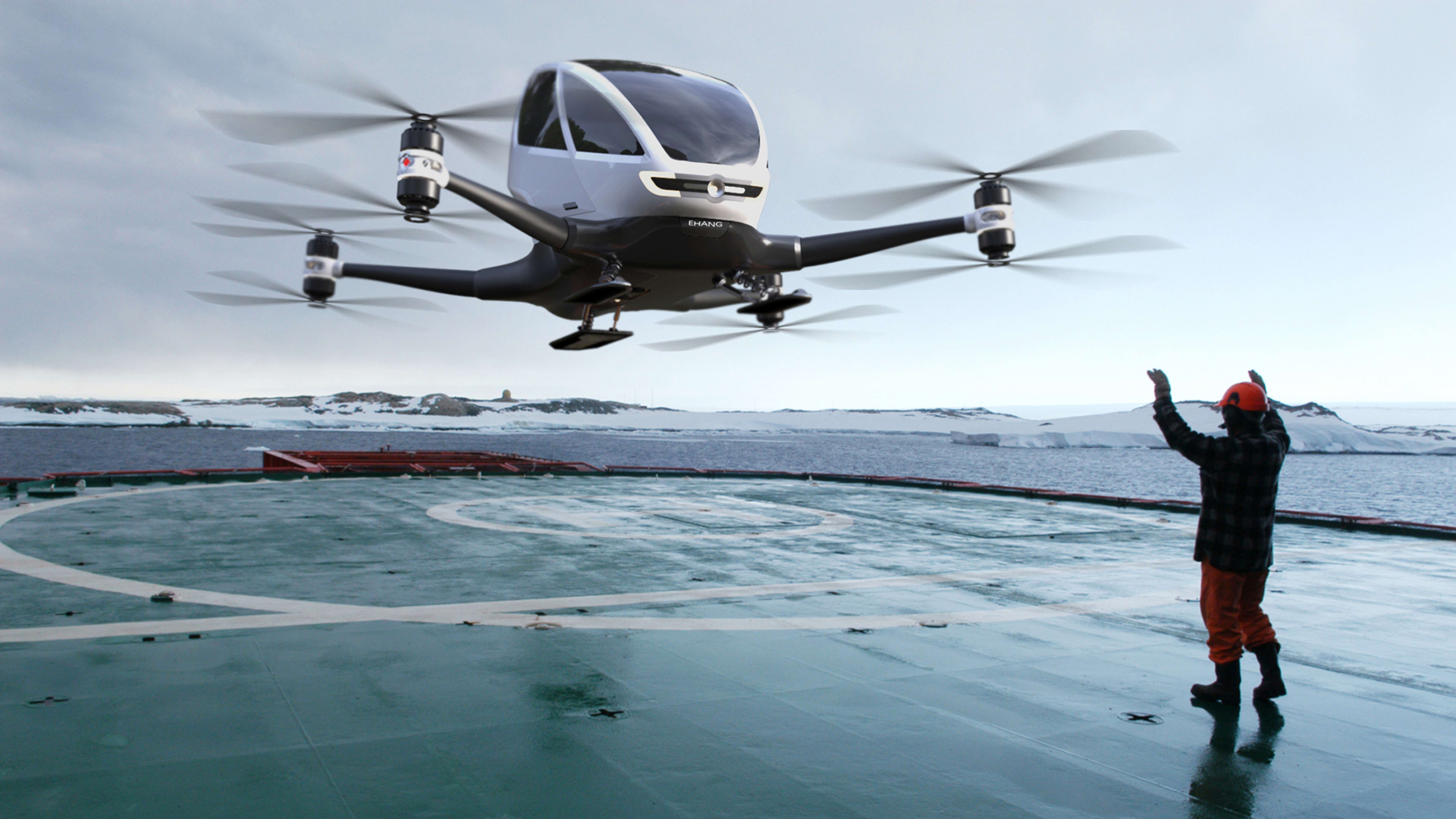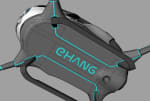Who needs an Uber when you could have a drone fly you to your next meeting?
Amazon may have shaken things up when it first talked about delivery drones, but the Chinese company EHang now wants to take disruption to the next level with the unveiling today of its 184, which if it actually works as promised, could be the world’s first autonomous human delivery drone.
As in delivering humans.
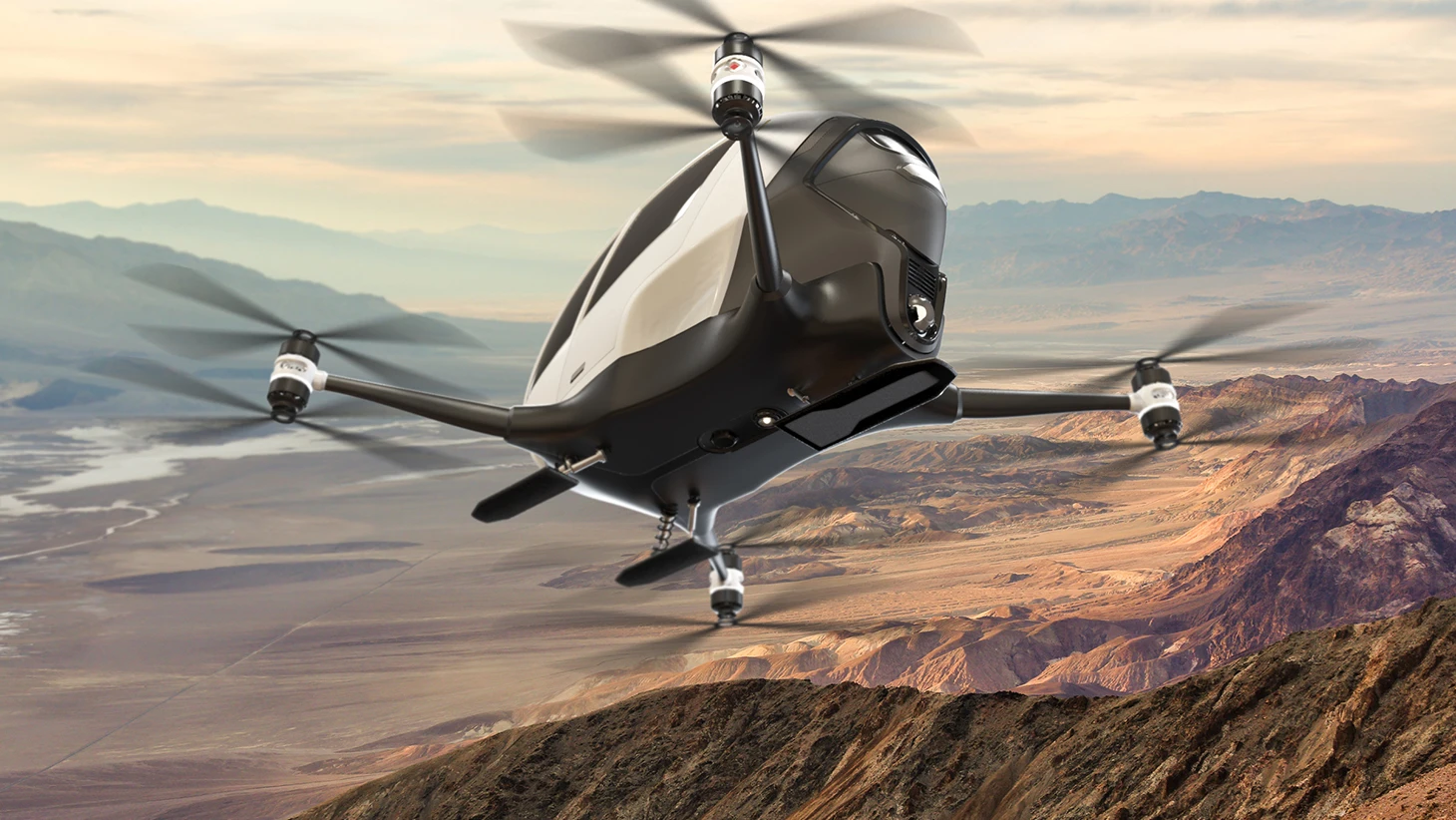
That’s right: The 184 AAV, which stands for one passenger, eight propellers, and four arms, is an all-electric drone that can carry a single person up to 10 miles without that person knowing the first thing about piloting an aircraft.
The way it works, according to EHang, is that the passenger punches their destination into a mobile app. Then, they have only two possible commands: “take off” and “land.”
EHang claims the 184 AAV, which is expected to be available in 2016 at a cost of between $200,000 and $300,000, has full redundancy, meaning that if one set of its multiple power systems is behaving badly, another kicks in, “ensuring the safety of both the passenger and the vehicle.” It is also said to have a built-in fail-safe system that immediately lands the drone if components malfunction or disconnect.
Until now, EHang has never made anything even remotely like the 184 AAV, unless you consider its small consumer Ghostdrone line–which cost between $600 and $800–to be similar to what’s basically a one-person autonomous aircraft.
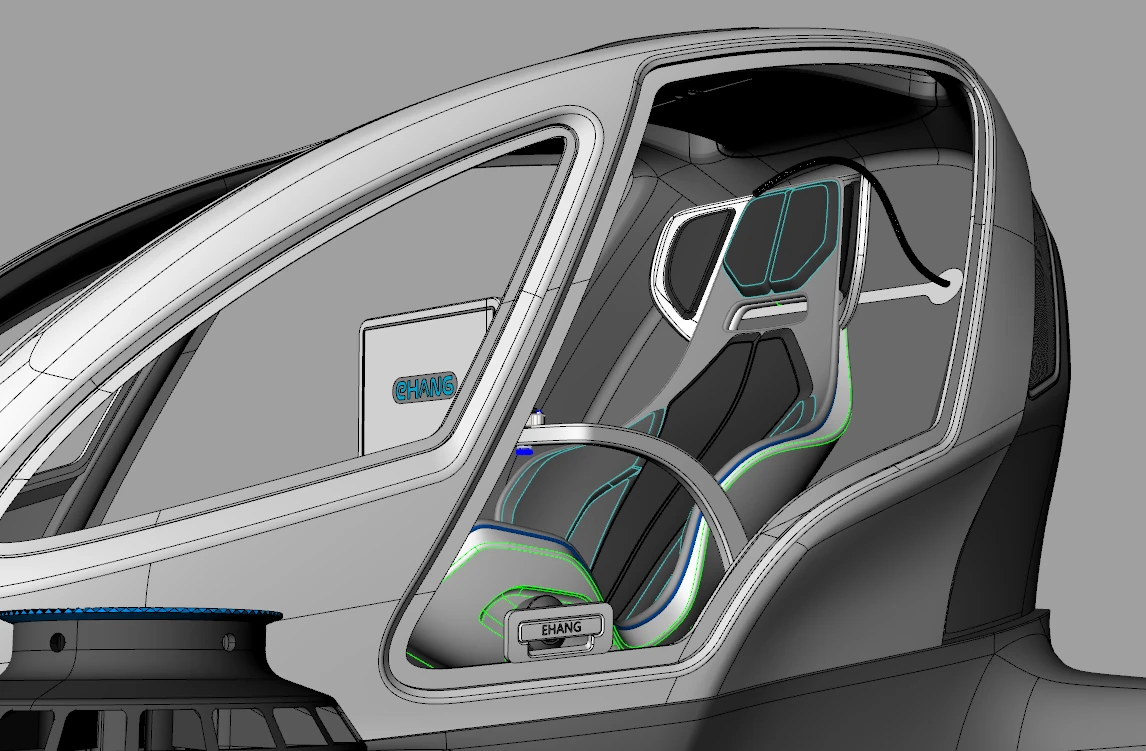
It’s not clear yet if the drone lives up to its promise. Though the company is showing off the 184 AAV at CES in Las Vegas this week, it’s not actually demonstrating the vehicle’s capabilities. That’s because, says EHang cofounder Derrick Xiong, FAA rules prohibit flying the 184 in Las Vegas. Xiong said the company is planning a media tour soon after CES in the U.S., Europe, Asia, and New Zealand, where it will show people the 184 in action.
Xiong told Fast Company that although EHang’s Ghostdrones have been on the market for some time, it actually started working on the 184 project first. He also said the company has research and development teams for both its consumer drones and for its autonomous passenger-carrying drone.
EHang says the 184 AAV, which weighs 440 pounds and is 4-feet, 11-inches high, is designed to fly at a maximum altitude of 11,480 feet, and can maintain an average cruising speed of 62 miles an hour. Xiong said the ideal flying altitude would be at about 400 meters.
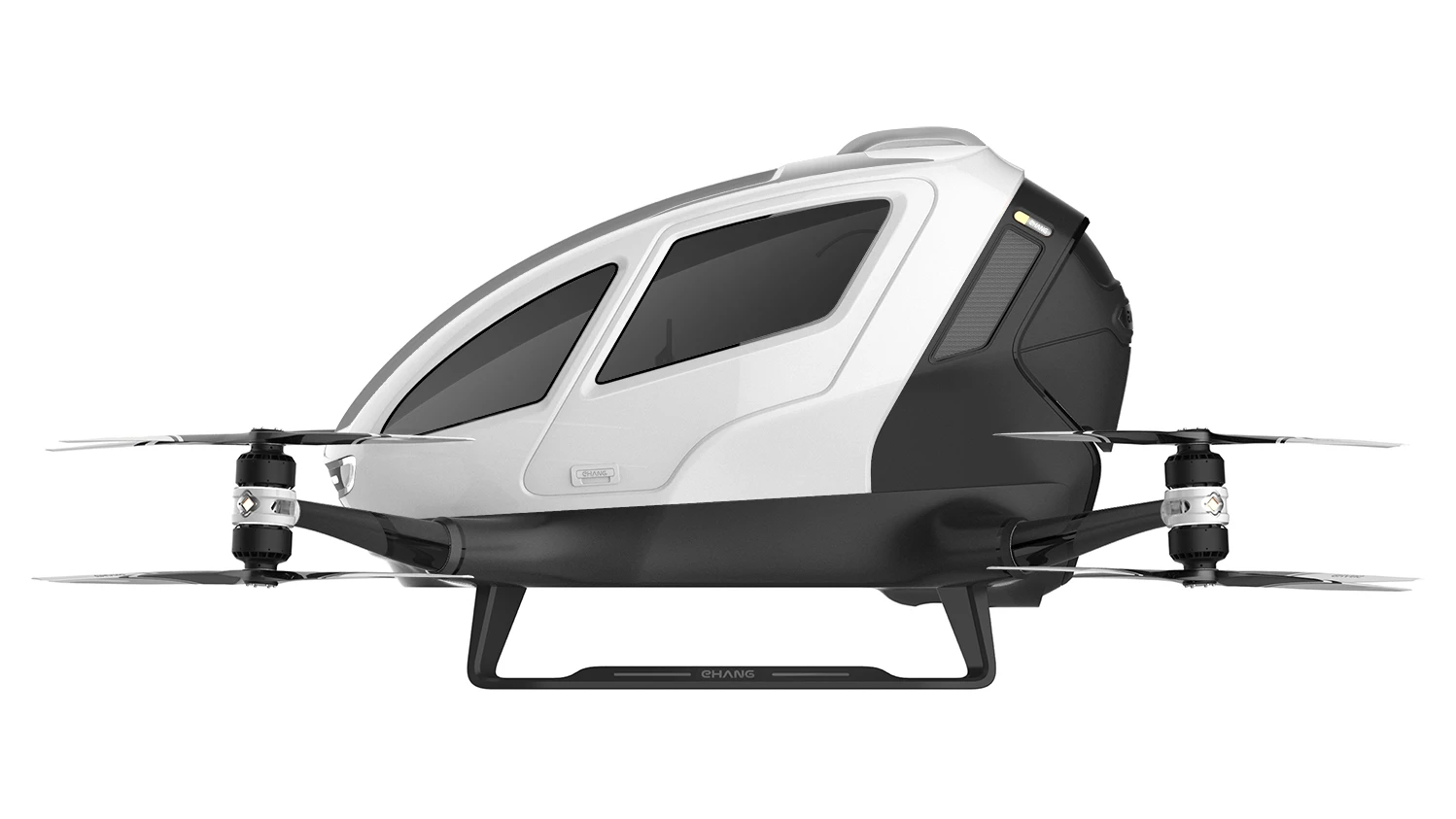
The 184 is designed to carry a payload of up to 264 pounds, EHang says, for a maximum of 23 minutes on a charge, after which its battery must be recharged for four hours.
Did I mention it has room for a 16-inch backpack?
In the official 184 AAV FAQ, EHang acknowledges that the vehicle lives outside of any governmental regulation, “because the 184 AAV represents an entirely new category of technology [so] there are regulations and agencies that are still catching up. We are in uncharted waters, and are working closely with government agencies across the planet to develop and regulate the future of transportation.”
But is it safe?
EHang argues that by flying passengers above the hubbub of crowded roads below, “the 184 removes the most dangerous part of driving: other drivers.”
What the company doesn’t address in its FAQ is the notion of how the 184 would handle things like buildings, power lines, helicopters, or even other 184s buzzing nearby.
Assuming the 184 is the real deal, it wouldn’t be the only unusual small flying machine in the skies. There are, of course, flying cars, like the Terrafugia, and small airplanes. But none of those promise the ability to take a passenger from point A to point B without that person having to do anything but push a button and sit back, and, thanks to the inclusion of a dual color reading light, read a book. And voila! You’re there.
Maybe.
EHang notes in its documentation that it plans on expanding its product line in 2016 beyond the Ghostdrones and the 184 to include “more specialized drone models aimed at specific verticals.” It doesn’t say what those are. These days, though, the obvious places to look would be at construction, agriculture, law enforcement, transportation, and a few others.
Count this correspondent skeptical, but happy to be convinced.
Recognize your brand’s excellence by applying to this year’s Brands That Matter Awards before the early-rate deadline, May 3.
